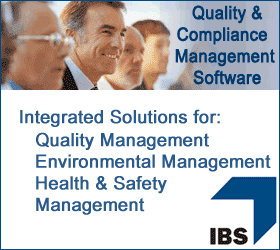Body
S
ix Sigma and lean provide tools for process improvement. Most of today’s business improvement programs can trace their roots back to a lean or a Six Sigma heritage. In general, these process improvement methodologies are considered advances from total quality management (TQM) and other methods from the 1970s and 1980s.
For enhancement efforts, Six Sigma offers statistical and nonstatistical analysis techniques that aid in the identification of where and how to improve processes. In contrast, lean focuses on the reduction of waste in overproduction, waiting, transportation, inventory, over-processing, motion, and defects.
…
Want to continue?
Log in or create a FREE account.
By logging in you agree to receive communication from Quality Digest.
Privacy Policy.

Add new comment